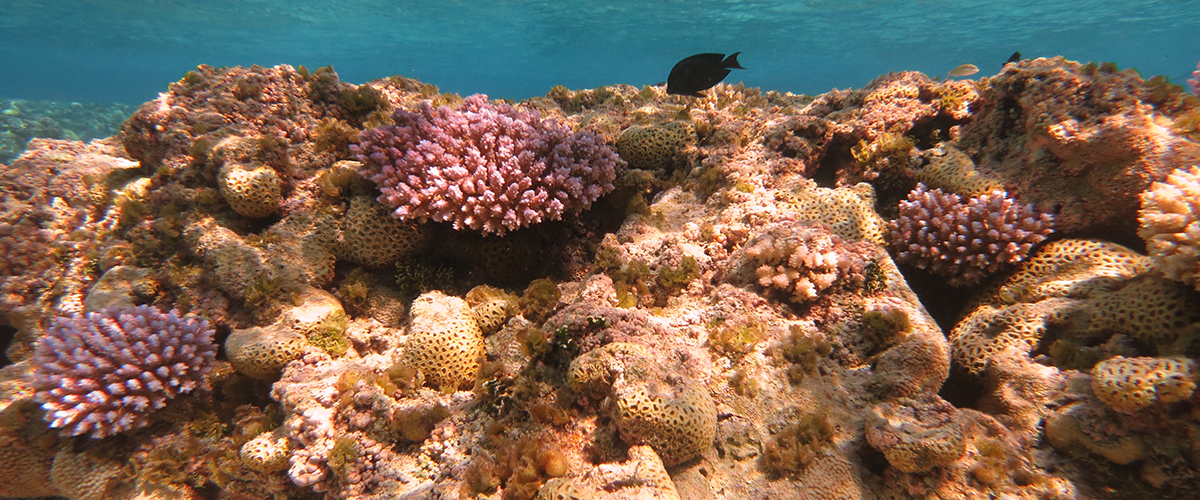Climate Change and Ocean Acidification
National Issue

Climate Change
On global and regional scales, the ocean is changing due to increasing atmospheric carbon dioxide and associated changes in a number of physical and chemical processes. Physical changes include sea level rise, coastal erosion and flooding, as well as changes in precipitation and runoff, storm frequency and intensity, ocean-atmosphere circulation, and ocean water properties such as temperature. These changes, in turn, can lead to biotic responses within ocean ecosystems, including changes in physiology, phenology (the timing of events related to life cycles), population connectivity, and species range shifts. Habitats and ecosystems are thus affected by a combination of physical processes and biological responses.
In the last several years, all marine sanctuaries have come to recognize climate change as an emerging threat. A number of sanctuaries are actively monitoring temperature and sea level to track the impacts of impending change. Papahānaumokuākea Marine National Monument and National Marine Sanctuary of American Samoa cited observed increases in water temperature and associated effects as a basis for downgrading resource condition. Other sanctuaries with coral reefs have similar concerns, but no confirmed temperature trends to date. Concerns over changes in upwelling patterns and increasing levels of hypoxia along the West Coast have also generated new, targeted research and monitoring efforts. Currently, there is still much uncertainty about how climate change will manifest across the system and how multiple stressors will interact, creating challenges in assessing appropriate management and conservation actions.
Ocean Acidification
Increased levels of CO2 in the atmosphere have further increased the dissolved CO2 concentration in seawater, reducing the pH and making the ocean more acidic. As a result the mobility, growth and reproduction of calcium carbonate forming organisms (e.g., corals, invertebrates, plankton, etc.) will be affected, which is expected to have cascading effects up the food chain. Several sanctuaries have recognized that ocean acidification could have significant ramifications for ecosystems services and are actively monitoring and researching strategies for adaptation to climate change and ocean acidification. Most scientists expect the rapid changes caused by ocean acidification to continue, and to exceed the ability of many species and ecosystems to adapt.

